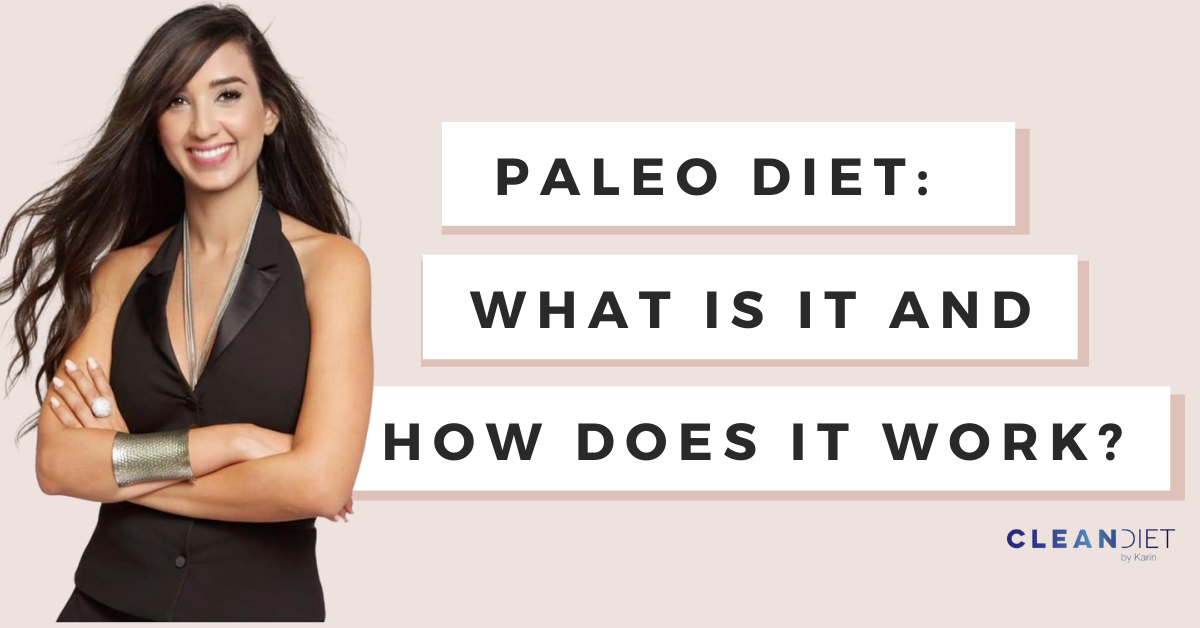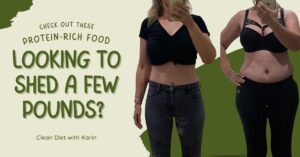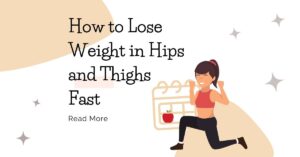Paleo dieting has been getting a lot of attention lately, and you may be wondering what it’s all about. Is it just another fad diet? Can you really lose weight by eating like our paleolithic ancestors? Or should you just stick to the tried-and-true methods of calorie counting and portion control? Here’s everything you need to know about Paleo dieting, including the best foods to eat on this unique eating plan and how to start a Paleo diet safely and successfully if it’s right for you.
What’s the Deal with Paleo?
Paleo is based on eating like our caveman ancestors did more than 10,000 years ago. Many paleo advocates say that we should limit our intake of processed foods, sugar, grains, and legumes while consuming more fruits, vegetables, nuts, seeds, and lean meats—all with an eye toward staying healthy. You can read more about how a paleo diet works here. What’s important to remember is that there are no good or bad foods—there are just better choices you can make. The Paleo diet focuses on whole natural foods, not processed or refined food products. To lose weight safely but quickly don’t be afraid to try a new diet; you might find out you like it!
Benefits of the Paleo Diet
Recent studies have shown that adopting a Paleo diet can improve your overall health. One, in particular, found that those who stuck to a Paleo diet enjoyed reduced inflammation, improved gut health, higher levels of antioxidants, more energy, and even more stable moods. Some of these results were so powerful that they allowed people to reduce or eliminate their use of anti-inflammatory medications. On top of its benefits for individuals, research also shows that if you make a company’s office Paleo-friendly you can reduce sick days by 25 percent! (Your boss will love you.) Here are some quick facts about what’s a paleo diet.
Foods to Eat
Following a Paleo diet means eating only foods that were available to our hunter-gatherer ancestors. That’s meat, fish, fowl, fresh fruits and vegetables, eggs, nuts and seeds (avoiding grains as much as possible), some oils (although Paleo purists recommend avoiding all refined oils), as well as honey, maple syrup or molasses in moderation. Foods like beans and dairy products are off-limits because they weren’t part of our hunter-gatherer diet; legumes were domesticated too recently for us to have adapted to them genetically—and most people can’t digest dairy properly without lactose tolerance or modification by their bodies. The main benefit of cutting out grains is that grains trigger inflammation.
Foods to Avoid
There are many people who go on a Paleo diet because they believe it will help them lose weight. But there are a few side effects of following a Paleo diet that you need to know about. The biggest problem with the Paleo diet is that you won’t get enough calcium if you don’t drink milk or eat dairy products every day. This can cause your bones to weaken over time, making them more prone to breaks and fractures as you age. Not only that, but since meat isn’t naturally high in calcium (unlike dairy products), you could also develop osteoporosis. Osteoporosis causes bone tissue to weaken, making bones brittle and more likely to break.
Side Effects of the Paleo Diet
While a paleo diet may be safe for some people, there are certain side effects that can be an issue. Many people who follow a paleo diet are often concerned with nutrients like calcium and Vitamin D. Because vegetables play such a big role in a Paleo diet, you’ll need to add other sources of calcium into your meals or take supplements to ensure you have sufficient levels. People on paleo diets may also experience constipation because of their limited intake of foods high in fiber. This can easily be remedied by drinking more water or taking probiotics.
That’s it for Paleo Diet! What do you think about it? Will this diet help you? Let me know in the comments section!
XOXO
Karin







